Top Mistakes to Avoid When Fishing in Remote U.S. Hotspots
Fishing in America’s remote wilderness offers unparalleled experiences and the potential for remarkable catches. However, the isolation and untamed nature of these locations magnify the consequences of poor preparation and common mistakes. From the pristine lakes of Minnesota’s Boundary Waters to the rugged coastal areas of Alaska, these destinations demand respect, knowledge, and careful planning. The difference between an unforgettable adventure and a miserable (or even dangerous) experience often comes down to avoiding critical errors that even experienced anglers make. This comprehensive guide explores the most significant pitfalls to avoid when venturing into America’s remote fishing paradises, helping you maximize your chances for success while ensuring your safety in these spectacular but challenging environments.
Underestimating Weather Conditions
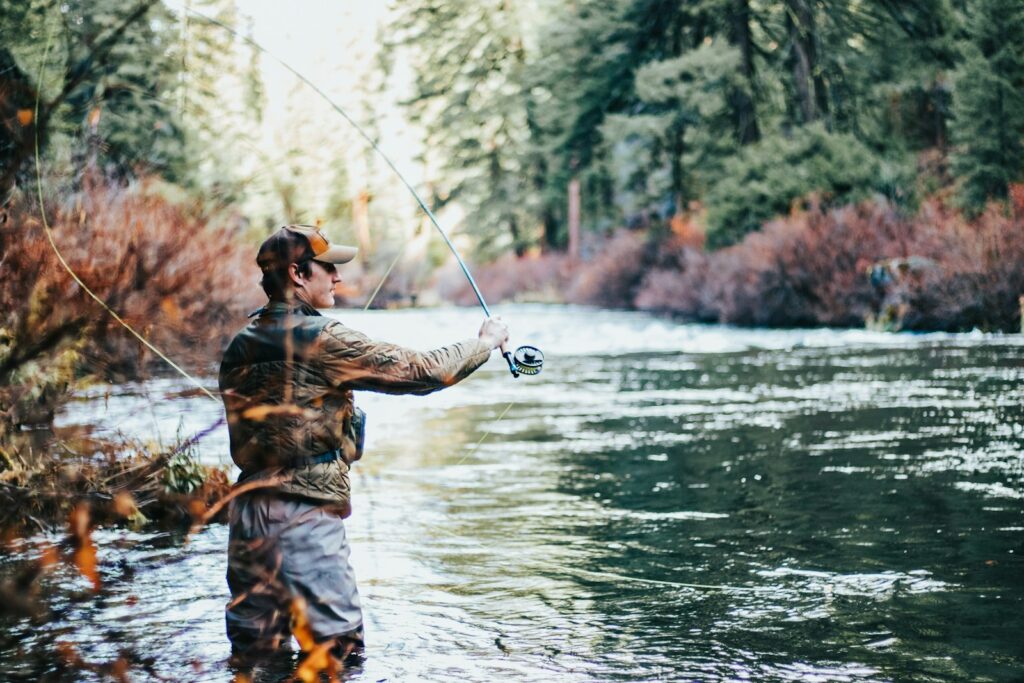
Remote fishing locations are notorious for rapidly changing and often extreme weather patterns that can catch unprepared anglers off guard. In mountainous regions like Montana’s Bob Marshall Wilderness, clear skies can transform into dangerous thunderstorms within minutes, while coastal areas may experience fog banks that drastically reduce visibility. Always research seasonal weather patterns specific to your destination and pack appropriate gear for all possible conditions, including unexpected temperature drops, precipitation, and wind. Invest in a reliable weather radio or satellite communication device that works without cell service to receive real-time updates and warnings.
Remember that in remote locations, weather isn’t just about comfort—it can quickly become a survival issue when you’re miles from the nearest shelter or assistance.
Neglecting Proper Research
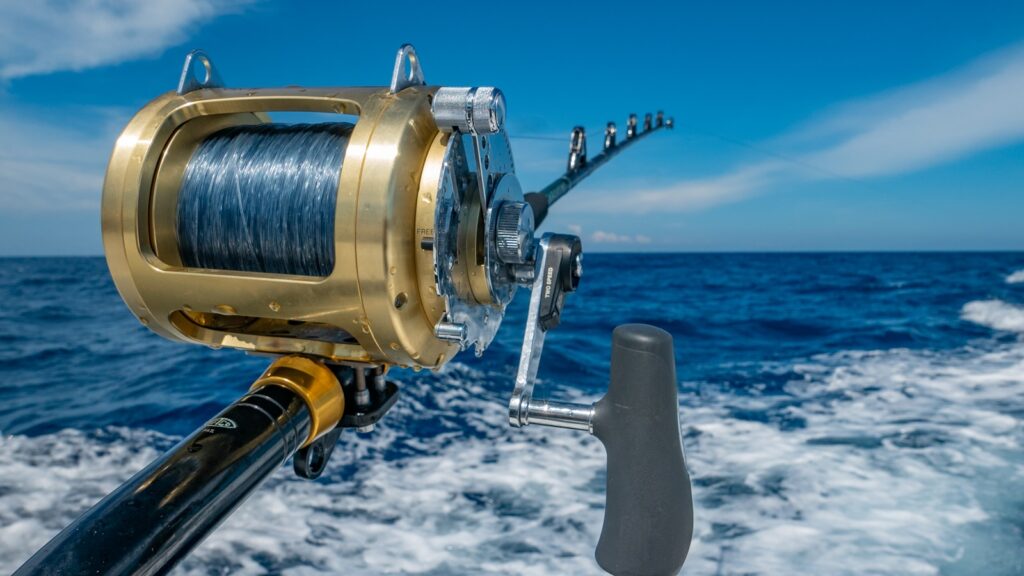
Failing to thoroughly research your destination is a critical mistake that undermines the entire fishing expedition before it even begins. Understanding the specific fish species present, their seasonal behaviors, preferred habitats, and feeding patterns is essential for selecting appropriate tackle and techniques. Beyond fishing knowledge, familiarize yourself with access points, water conditions, regulations specific to that body of water, and any special permits required for the area. Contacting local fishing guides or shops before your trip can provide invaluable current information that may not be available online or in outdated guidebooks.
Even experienced anglers benefit from location-specific research, as fishing techniques that work in one remote area may prove ineffective in another due to variations in water chemistry, forage base, and fish population dynamics.
Packing Inadequate Gear

The isolation of remote fishing locations means you can’t simply run to the store if you forget essential equipment or experience gear failures. Many anglers make the mistake of bringing insufficient backup equipment, particularly for mission-critical items like fishing line, leaders, and lures that match local hatches or baitfish. Pack redundant systems for anything that could seriously impact your trip if broken or lost, including multiple rods, reels with spare spools, and duplicate tackle selections. Don’t overlook the importance of proper clothing layers, particularly in areas like Wyoming’s Wind River Range where temperatures can fluctuate dramatically between day and night even in summer months.
Remember that weight considerations are important for backpacking trips, but cutting corners on essential gear to save a few ounces can lead to significant problems when you’re miles from civilization.
Overlooking Safety Preparations
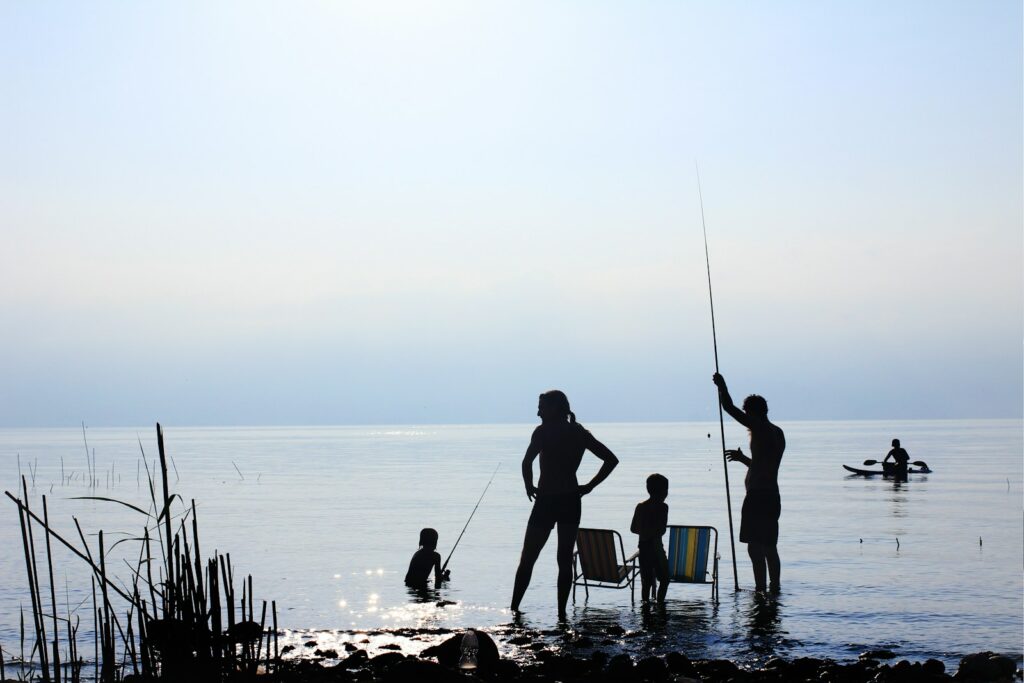
Remote fishing locations magnify the consequences of accidents or emergencies due to delayed or difficult rescue operations. Many anglers make the potentially fatal mistake of failing to leave detailed trip plans with reliable contacts, including specific locations, planned routes, and expected return dates. A comprehensive first aid kit tailored to wilderness scenarios is essential, as is the knowledge to use it effectively—consider taking a wilderness first aid course before embarking on truly remote trips. Always carry multiple methods of communication that function without cell service, such as satellite phones, personal locator beacons, or satellite messengers that can summon help in worst-case scenarios.
Remember that in places like Alaska’s Brooks Range or Arizona’s remote desert canyons, self-sufficiency in emergency situations may be required for extended periods before help can arrive.
Mismanaging Food and Water
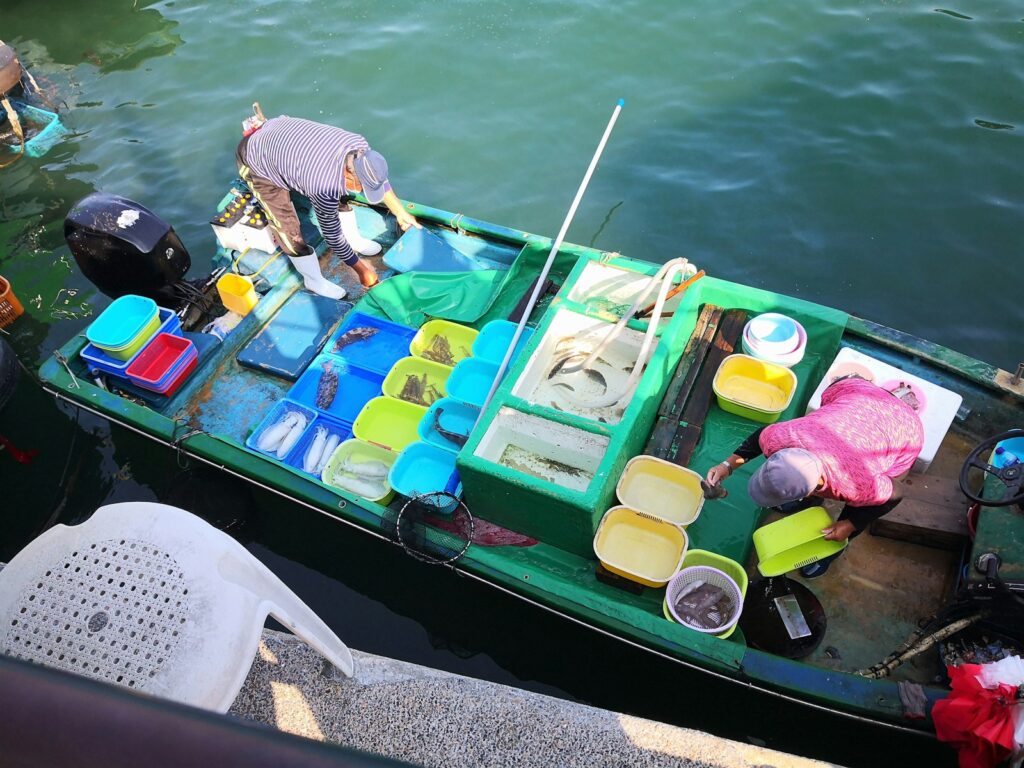
Inadequate planning for nutrition and hydration needs leads many anglers into uncomfortable or dangerous situations in remote locations. Always pack at least one extra day’s worth of food beyond your planned trip duration to account for unexpected delays or emergencies. In arid environments like those found in remote sections of the Colorado River system, water management becomes particularly critical—research water availability at your destination and bring appropriate filtration or purification methods rather than assuming natural water sources will be accessible or safe. Energy-dense, lightweight foods that require minimal preparation provide reliable nutrition when fishing conditions or weather don’t cooperate with elaborate cooking plans.
Remember that fishing in remote areas often burns significantly more calories than everyday activities, especially when hiking with gear or navigating challenging terrain, so pack accordingly with adequate protein and caloric intake in mind.
Ignoring Local Regulations
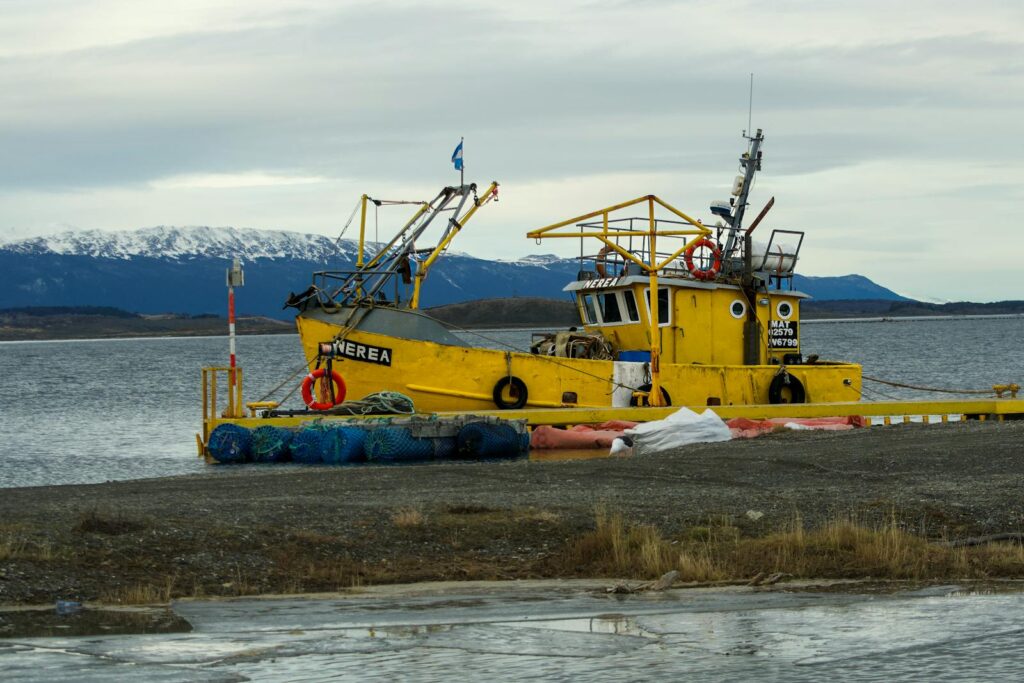
Fishing regulations in remote areas often differ significantly from more accessible waters and can include special protections, catch limits, or equipment restrictions designed to preserve fragile ecosystems. Violating these regulations, even unintentionally, can result in substantial fines and confiscation of equipment—a particularly problematic situation when you’re far from transportation. Some remote areas, like tribal waters in the Southwest or certain wilderness areas in the Northeast, may require special permits beyond standard fishing licenses that must be obtained well in advance of your trip. Seasonal regulations protecting spawning fish or vulnerable species can change annually, making it essential to verify current rules rather than relying on past experience or outdated information.
Remember that conservation officers do patrol even extremely remote areas, often using aircraft or boats specifically designed to access these locations.
Failing to Acclimatize
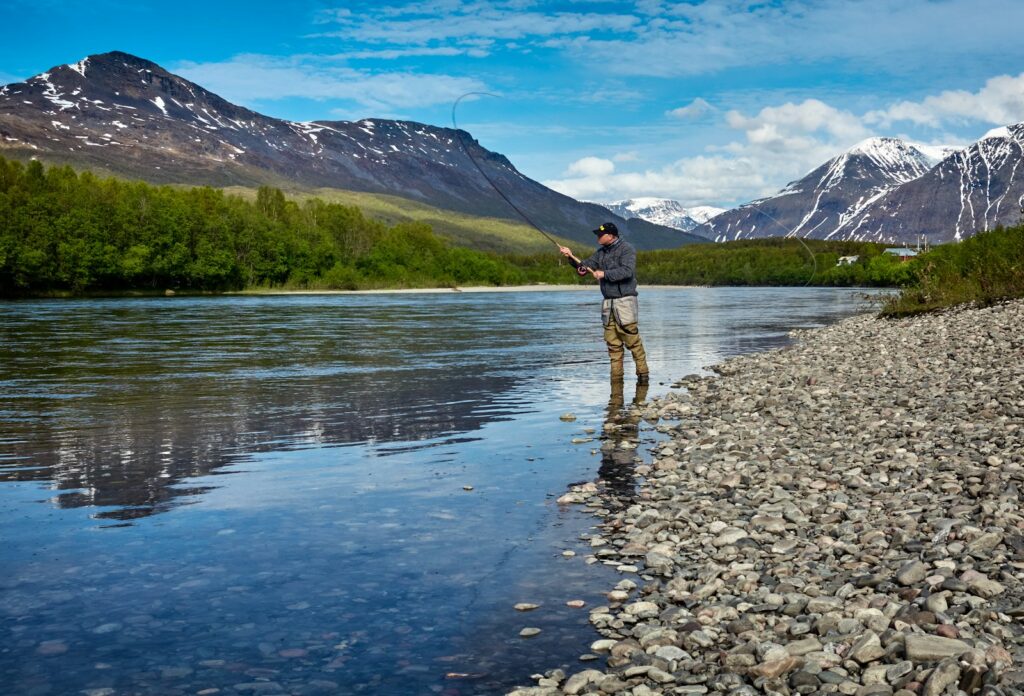
Many premier fishing destinations in the American West sit at high elevations where oxygen levels are significantly lower than most anglers are accustomed to experiencing. Failing to allow time for proper acclimatization before strenuous activities can result in altitude sickness symptoms ranging from headaches and nausea to potentially life-threatening pulmonary or cerebral edema. When planning trips to high-elevation destinations like Colorado’s alpine lakes or Wyoming’s high-country streams, build in at least 24-48 hours of lighter activity before attempting difficult hikes with heavy packs. Stay properly hydrated during the acclimatization process, as dehydration exacerbates altitude-related symptoms and is a common issue in mountain environments where humidity is typically low.
Remember that fitness level doesn’t necessarily correlate with susceptibility to altitude problems—even extremely fit anglers can experience significant symptoms if they ascend too quickly.
Misjudging Physical Demands
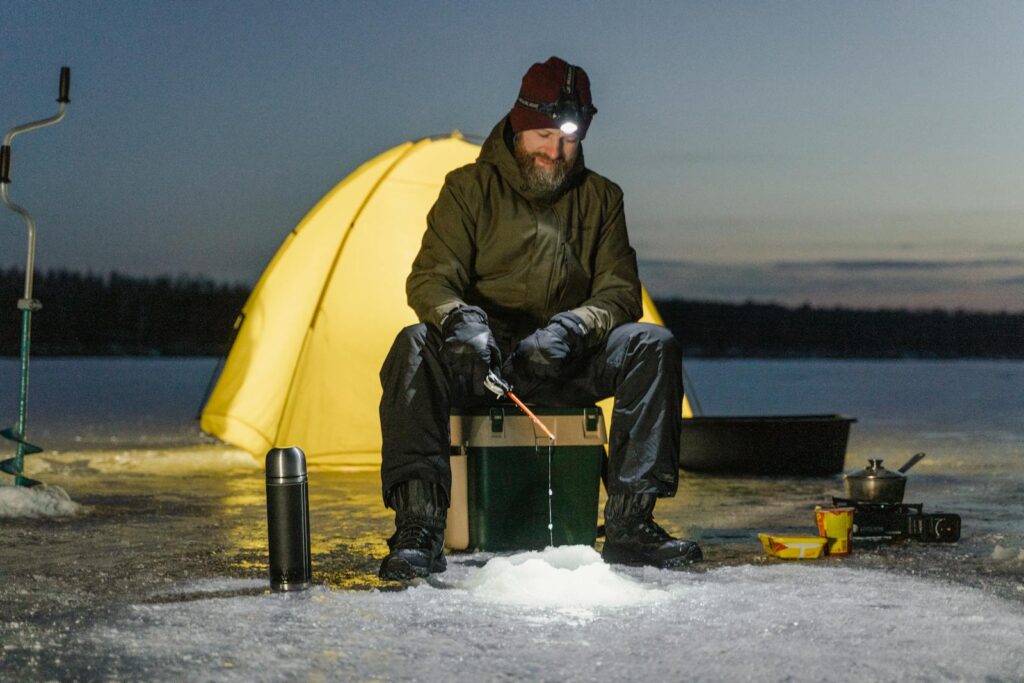
Remote fishing often requires significantly more physical exertion than accessible locations, involving lengthy hikes over difficult terrain while carrying substantial gear. Many anglers underestimate these demands and plan overly ambitious itineraries that lead to exhaustion, injury, or the inability to fully enjoy fishing opportunities. Be realistic about your physical capabilities and those of everyone in your group, particularly when planning trips to challenging destinations like the backcountry streams of Yellowstone or the steep coastal access points of Northern California. Training specifically for your trip by hiking with a loaded pack can help identify potential issues before you’re committed in a remote location.
Remember that fishing itself can be physically demanding, especially when wading in strong currents or navigating slippery shorelines, so energy reserves must be maintained throughout your expedition.
Disregarding Wildlife Hazards
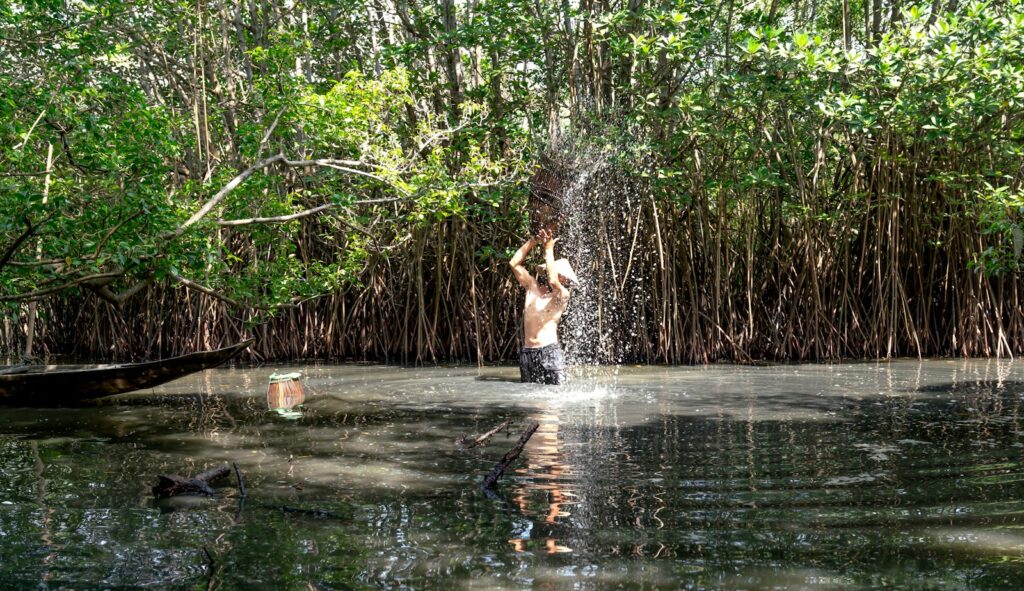
Remote fishing locations often place anglers in close proximity to wildlife that can pose significant dangers when not respected appropriately. In bear country, which includes much of Alaska, Montana, Wyoming, and Idaho, failing to properly store food and handle fish cleaning waste away from camp represents a potentially life-threatening mistake. Smaller wildlife like mosquitoes and ticks can transmit serious diseases or cause extreme discomfort that ruins an otherwise successful fishing trip if appropriate repellents and protective clothing aren’t utilized. Snake encounters in desert canyon streams of the Southwest require specific knowledge about identification and avoidance strategies, particularly during warmer months.
Remember that wildlife hazards vary dramatically by region—research the specific concerns relevant to your destination and take appropriate precautionary measures rather than applying general wilderness knowledge that might be incomplete for that ecosystem.
Ignoring Leave No Trace Principles
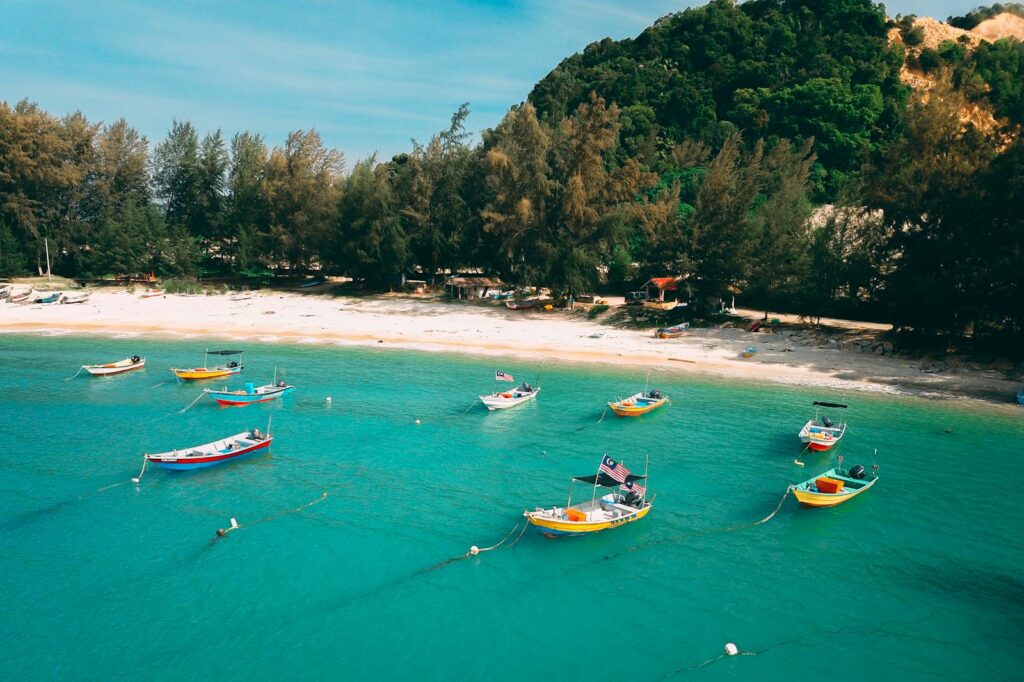
Remote fishing paradises remain pristine precisely because they receive limited human impact, making adherence to Leave No Trace principles essential for preserving these special places. Improper disposal of fishing line, packaging from lures or bait, and other non-biodegradable items causes lasting damage to aquatic ecosystems and can injure wildlife long after anglers have departed. Campsite selection and management becomes especially important in fragile riparian zones where vegetation recovers slowly from trampling and soil compaction. Fire management requires particular attention in remote areas—many wilderness locations now prohibit open fires entirely or restrict them to established fire rings due to the devastating potential of wildfires in areas that are difficult for suppression crews to access.
Remember that remote locations often have specialized leave no trace considerations based on unique ecological factors—research specific guidelines for your destination rather than applying general backcountry ethics.
Relying Too Heavily on Technology

Modern fishing technology provides valuable tools for remote anglers, but excessive reliance on electronic devices creates significant vulnerability when batteries fail or equipment is damaged. GPS units, fish finders, and smartphone apps are helpful additions to fundamental navigation and fishing skills, not replacements for them. Always carry paper maps and a compass as backups, and know how to use them effectively even in challenging conditions like heavy fog or darkness. Develop the ability to read water and identify likely fish holding areas based on natural indicators rather than depending entirely on technology to locate productive spots.
Remember that in truly remote areas, electronic failures can have serious consequences beyond just reduced fishing success—basic navigation and communication capabilities must be maintained through redundant systems and traditional skills.
Failing to Adapt Techniques
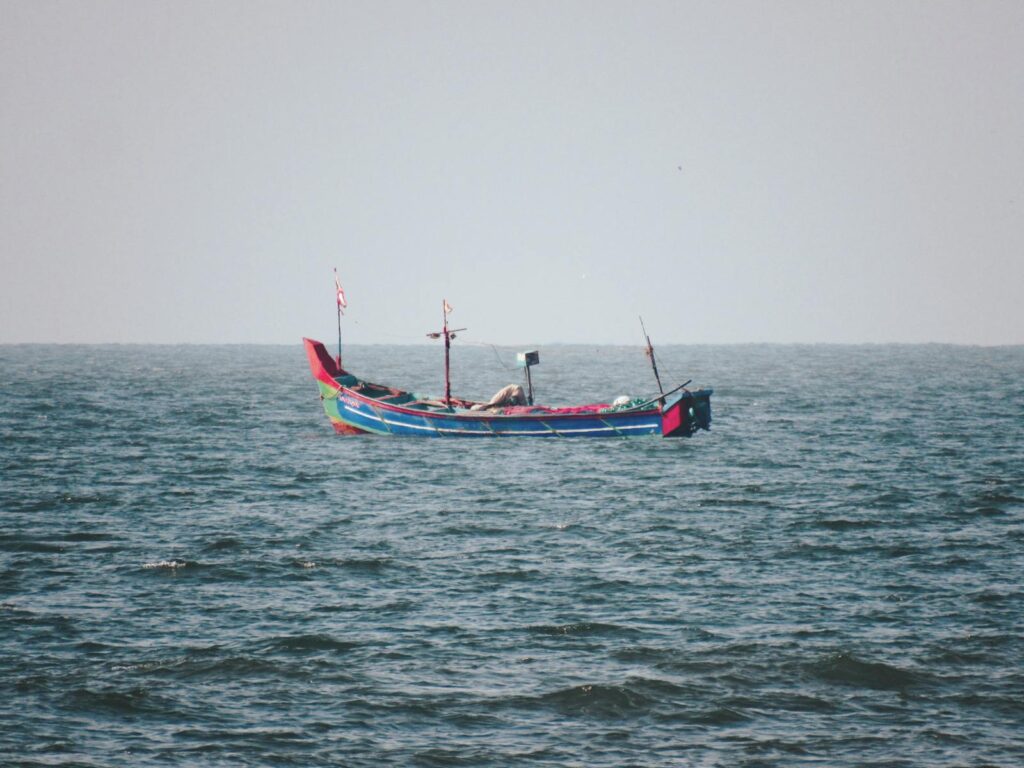
Remote fisheries often behave differently than heavily pressured waters, requiring anglers to adjust their approaches accordingly. Many fishermen make the mistake of rigidly adhering to techniques that work in more accessible locations rather than observing and responding to the unique characteristics of remote waterways. In pristine environments like Idaho’s Selway-Bitterroot Wilderness or Michigan’s Upper Peninsula, fish may respond to larger flies or lures than would be effective in heavily fished waters, while in other scenarios more delicate presentations might be necessary. Be prepared to experiment with retrieval speeds, depths, and presentations rather than assuming familiar patterns will automatically produce results.
Remember that remote fisheries often experience dramatically different insect hatches or baitfish activities than nearby accessible waters due to variations in water temperature, nutrient levels, and seasonal timing.
Underestimating Time Requirements
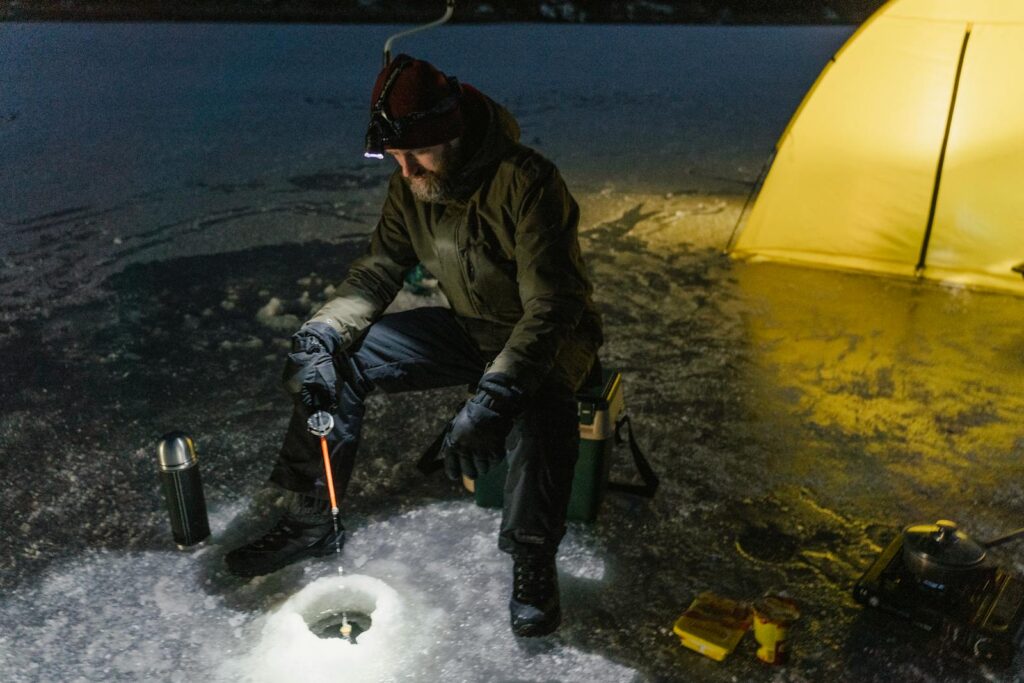
Perhaps the most common mistake in remote fishing expeditions is creating unrealistic schedules that don’t allow sufficient time for travel difficulties, fishing exploration, or unexpected contingencies. Access routes to remote locations often involve unmarked trails, river crossings, or off-trail navigation that proceeds much slower than anticipated, especially when carrying fishing gear and camping equipment. Weather delays frequently impact remote fishing schedules, particularly in coastal areas like Maine’s North Woods lakes or mountainous regions where afternoon thunderstorms can temporarily make fishing dangerous or unproductive.
Building flexibility into your itinerary allows you to capitalize on prime fishing conditions when they occur rather than being forced to fish during suboptimal periods due to rigid scheduling. Remember that the journey to remote fishing locations is an integral part of the experience—rushing through beautiful wilderness areas solely focused on reaching fishing destinations diminishes the overall adventure and increases stress levels that detract from enjoyment.
Conclusion

Remote fishing destinations represent the pinnacle of angling experiences in America, offering unparalleled natural beauty and the opportunity to connect with fish populations that see minimal human pressure. Avoiding these common mistakes will significantly enhance both the safety and enjoyment of your wilderness fishing adventures. The most successful remote anglers combine thorough preparation with flexibility, technical fishing skills with wilderness competence, and ambition with realistic expectations. By learning from the mistakes others have made, you can focus on creating meaningful experiences in these spectacular environments rather than managing preventable problems.
America’s remote fisheries are national treasures deserving of both our respect and protection—approach them with appropriate humility, preparation, and conservation mindset to ensure they remain pristine for future generations of adventurous anglers.
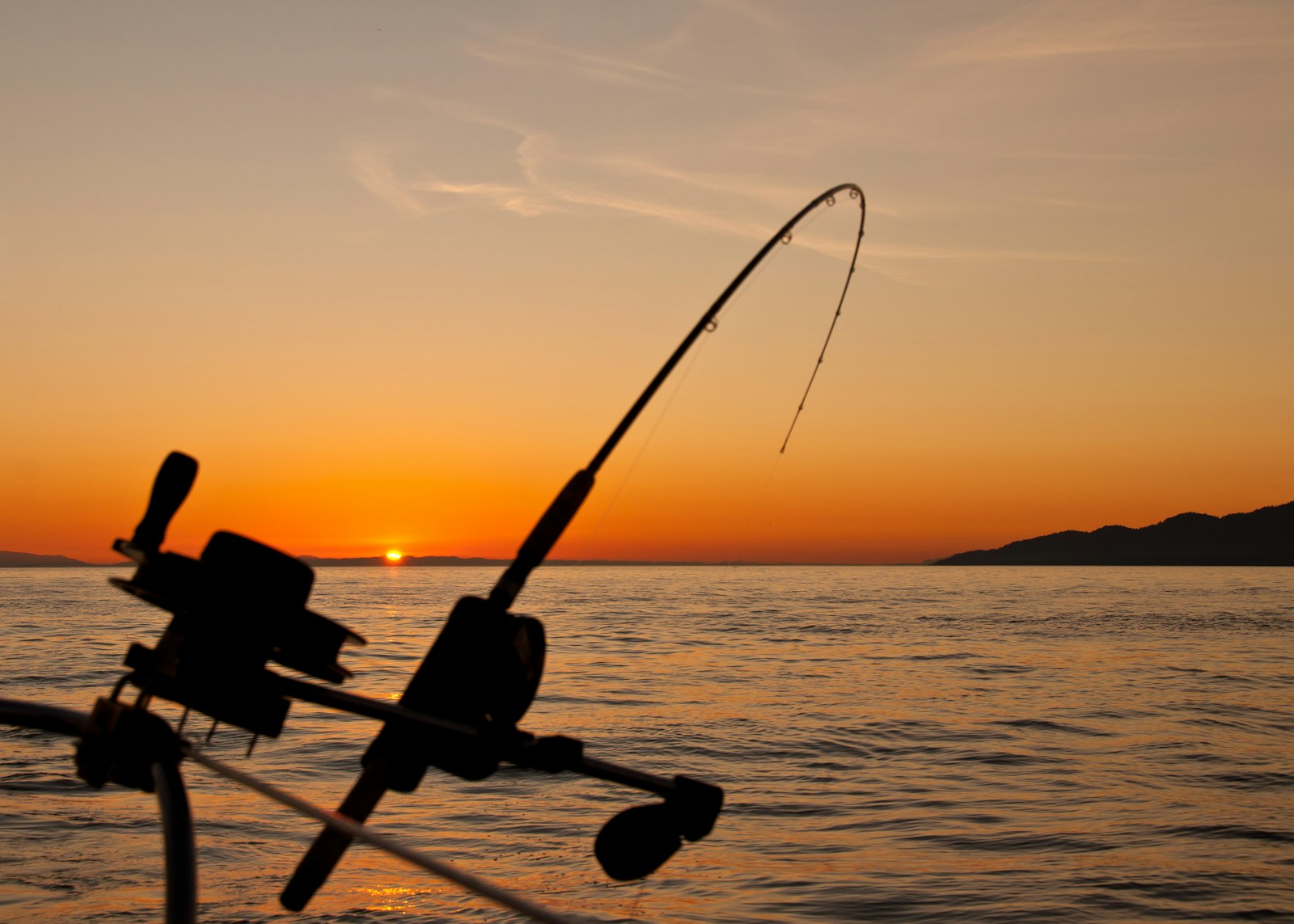

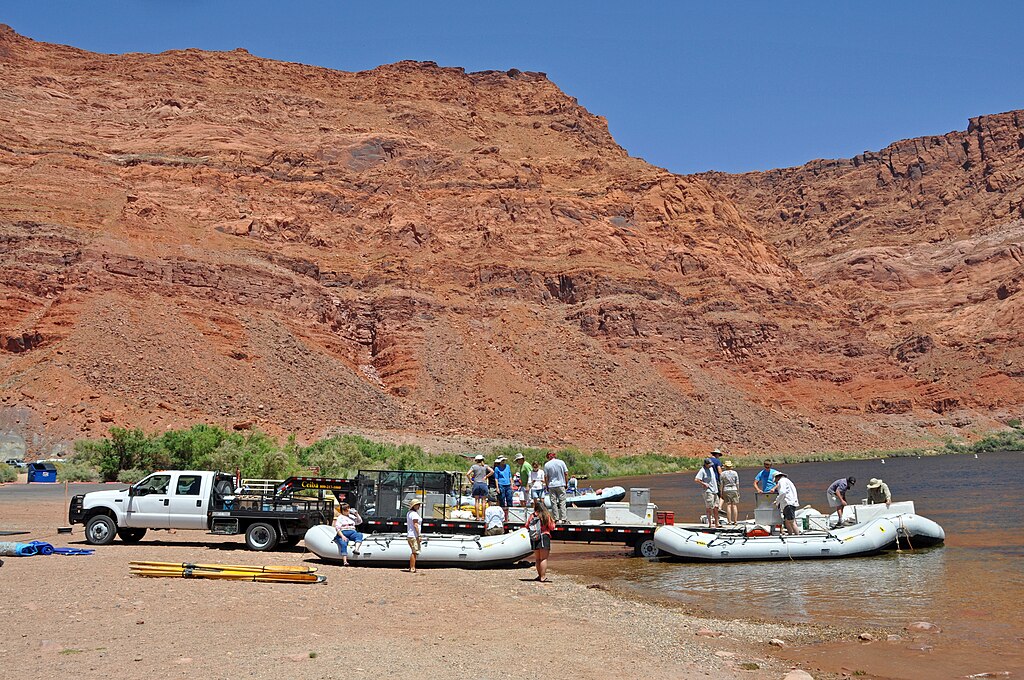











Post Comment